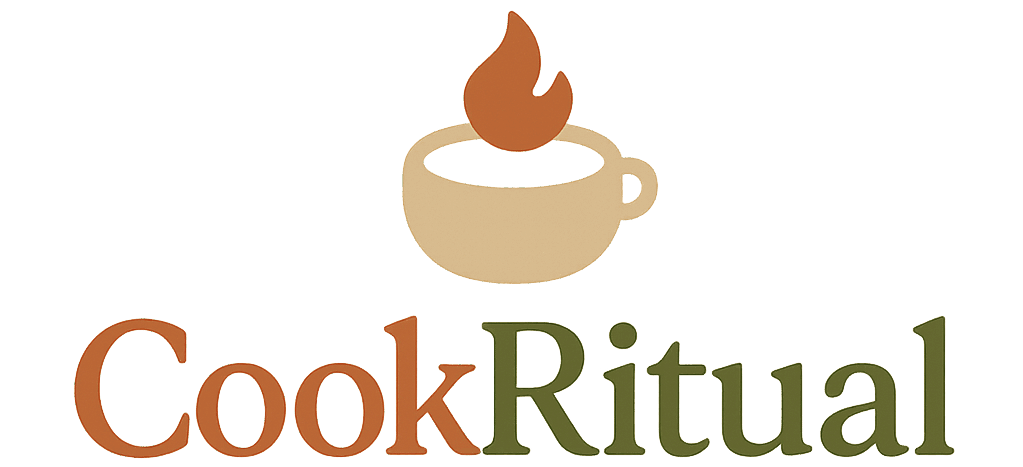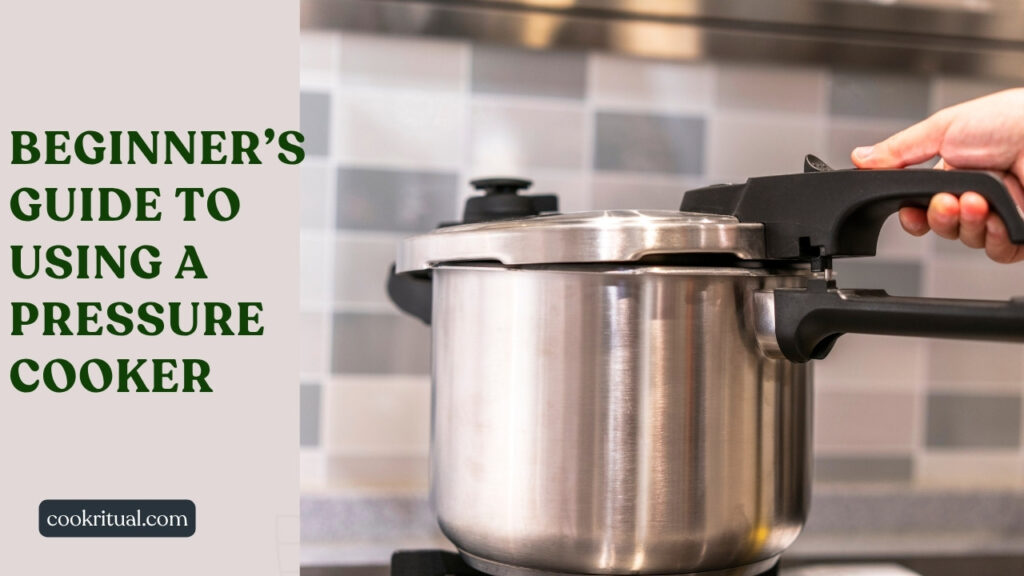Pressure cookers can transform the way we cook—faster meals, richer flavors, and better nutrition with less effort. For health-conscious individuals and busy professionals, this simple kitchen tool is a total game-changer. Gone are the days of waiting hours for stews or beans to simmer—pressure cooking speeds up the process while preserving essential nutrients and flavor.
Many of us have felt overwhelmed by pressure cookers, especially with the hissing steam and complex knobs. But with the right guide, it’s not only safe—it’s incredibly easy. Whether we’re whipping up a hearty chili, cooking grains for the week, or tenderizing a lean cut of meat, learning to use a pressure cooker can simplify healthy home cooking.
In this beginner-friendly guide, we’ll walk through everything step-by-step—from choosing the right type to cooking your first recipe safely and deliciously. Let’s take the pressure off and get cooking!
Contents
- 1 What Is a Pressure Cooker and How Does It Work?
- 2 Types of Pressure Cookers: Which One Should Beginners Choose?
- 3 Step-by-Step Guide: How to Use a Pressure Cooker for the First Time
- 4 Safety Tips Every Beginner Must Know
- 5 Pros and Cons of Using a Pressure Cooker
- 6 Must-Try Beginner-Friendly Pressure Cooker Recipes
- 7 How to Clean and Maintain a Pressure Cooker
- 8 Comparison with Other Cooking Methods
- 9 Conclusion: Start Your Healthy Pressure Cooking Journey Today
What Is a Pressure Cooker and How Does It Work?
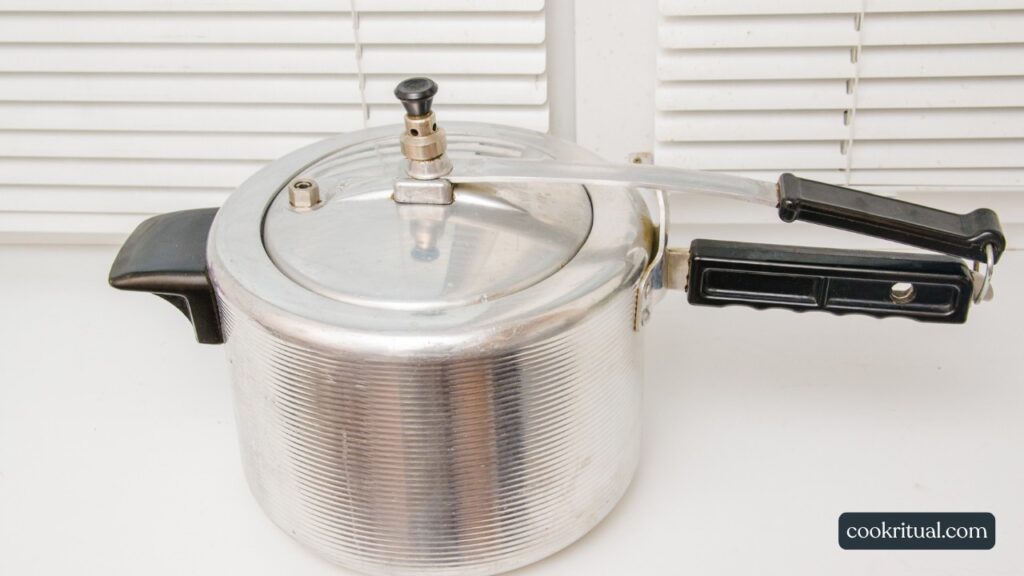
A pressure cooker is a sealed pot that uses steam to cook food quickly. When water inside the pot heats up, it turns into steam. This steam builds pressure, raising the boiling point of water and cooking food faster.
This method saves time and locks in flavors and nutrients. According to Harvard Health, cooking under pressure helps retain more vitamins compared to boiling or frying.
Why does this matter? For busy people and health-focused eaters, pressure cooking makes it easier to eat fresh, homemade meals in less time. Plus, the food stays juicy, soft, and flavorful—perfect for everything from rice to roasts.
Types of Pressure Cookers: Which One Should Beginners Choose?
Stovetop vs. Electric Pressure Cookers
When starting out, it’s important to pick the right type of pressure cooker. There are two main kinds:
- Stovetop Pressure Cookers: These sit on a regular stove and heat up fast. They give more control but need watching.
- Electric Pressure Cookers: Like the popular Instant Pot, these plug into the wall and come with pre-set cooking modes. They’re easier for beginners and safer overall.
Not sure which is best? For most new users, we recommend electric pressure cookers. They’re user-friendly and come with safety features that help prevent mistakes. The USDA supports their use for safe, fast, and accurate cooking.
Best Pressure Cookers for Beginners
Looking for a good starting option? Here are a few top-rated pressure cookers:
- Instant Pot Duo 7-in-1: Great for beginners, includes rice, soup, and meat settings.
- Ninja Foodi Pressure Cooker: Combines pressure cooking with air frying.
- Presto 01362 Stovetop Cooker: A good budget-friendly option if you prefer stovetop models.
All of these are easy to clean, safe to use, and offer versatile cooking features that fit a beginner’s needs.
Step-by-Step Guide: How to Use a Pressure Cooker for the First Time
Using a pressure cooker for the first time might feel scary, but it’s easier than it looks. Follow this simple guide to cook safely and quickly.
Preparing Ingredients and Filling the Cooker
Start by reading your user manual. Every cooker is a little different.
- Cut food into even pieces.
- Add at least 1 cup of liquid—water, broth, or sauce.
- Don’t overfill. Leave space for steam. Most cookers have a max fill line.
Too much food or liquid can block the pressure valve. The USDA says this is a common cause of uneven cooking.
Setting the Pressure and Cooking Time
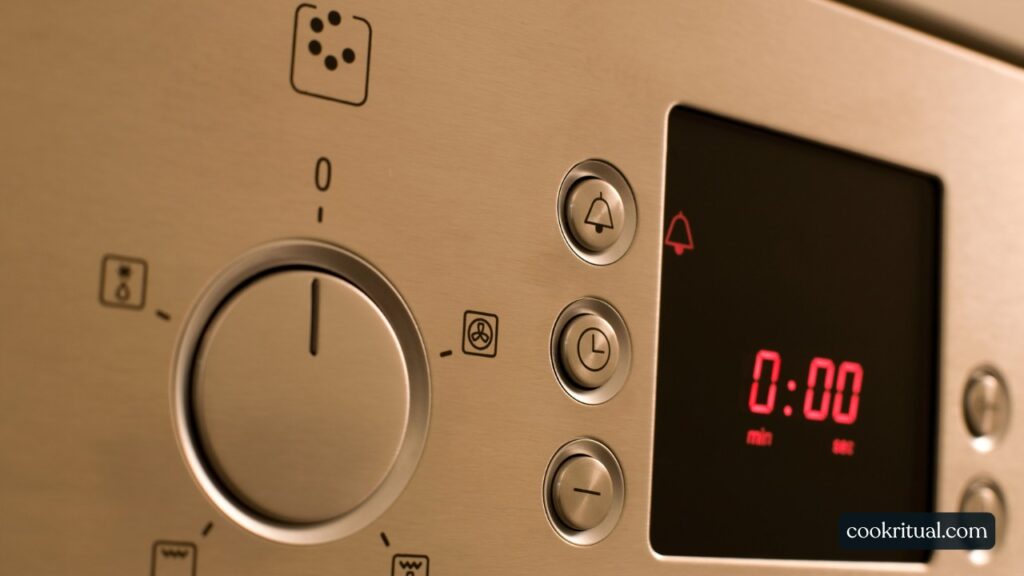
For electric pressure cookers, choose a setting like “Meat” or “Soup.” For stovetop models, set the burner to medium-high until pressure builds.
- Use high pressure for meats, stews, and beans.
- Use low pressure for soft foods like vegetables and fish.
Cooking times vary. Check your recipe or visit the National Center for Home Food Preservation for safe guidelines.
Releasing Pressure Safely (Natural vs Quick Release)
There are two ways to let out steam:
- Natural release: Let the cooker sit. Steam fades slowly. Best for soups or meats.
- Quick release: Turn the valve to let steam out fast. Good for quick meals or veggies.
Never open the lid until the pressure is fully released. This is key for pressure cooker safety and avoiding burns.
Safety Tips Every Beginner Must Know
Pressure cookers are safe when used right. Here’s how to avoid common mistakes:
- Check the gasket (rubber ring) before cooking. If it’s worn, replace it.
- Clean the steam release valve often. Food bits can clog it.
- Never force the lid open if the cooker is under pressure.
- Don’t fill more than two-thirds full, especially with beans or grains that expand.
The FDA says accidents often happen when users skip basic checks. Stick to simple habits, and you’ll stay safe.
Pros and Cons of Using a Pressure Cooker
Like any kitchen tool, pressure cookers have ups and downs. Here’s a quick look:
Benefits of Pressure Cooking
- Saves time: Cooks meals up to 70% faster than regular pots.
- Keeps nutrients: According to Harvard Health, pressure cooking holds more vitamins than boiling.
- Tenderizes food: Great for lean meats and healthy one-pot meals.
- Cuts down on cleanup: Fewer pots and pans.
Common Drawbacks and How to Overcome Them
- Learning curve: Can feel complex at first. Use presets or follow trusted recipes.
- Overcooking risk: Set the timer carefully. A few minutes too long can ruin food.
- No peeking: You can’t stir or taste mid-cook. Plan ahead.
With practice, the pros far outweigh the cons—especially for healthy meal planning and saving time on busy days.
Must-Try Beginner-Friendly Pressure Cooker Recipes
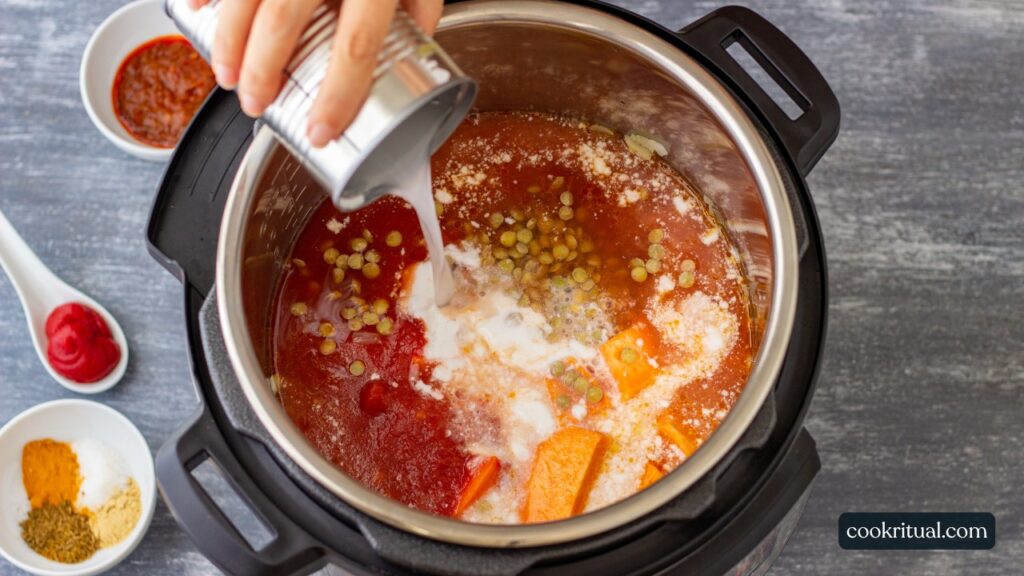
Trying a few easy pressure cooker recipes is the best way to build confidence. Here are three healthy, beginner-approved dishes that anyone can make.
Easy Vegetable Soup
- 1 chopped onion, 2 carrots, 2 celery stalks, 1 cup green beans, 4 cups broth
- Add to the cooker with salt, pepper, and herbs.
- Cook on high pressure for 5 minutes. Use natural release.
This soup is low-calorie, filling, and packed with vitamins. Mayo Clinic recommends veggie-based meals for better heart health.
Tender Chicken and Brown Rice
- Place chicken breasts, 1 cup brown rice, 2.5 cups broth, garlic, and spices.
- Cook on high pressure for 22 minutes. Quick release.
It’s a full one-pot meal with protein and fiber, perfect for lunch or dinner.
Lentil Stew
- 1 cup lentils, 1 diced tomato, chopped onion, garlic, and 3 cups water or broth.
- Pressure cook on high for 12 minutes. Natural release.
Lentils are full of plant-based protein and are listed by Harvard T.H. Chan School of Public Health as a top source of healthy nutrients.
How to Clean and Maintain a Pressure Cooker
Keeping your pressure cooker clean ensures it lasts longer and stays safe.
Cleaning Tips After Every Use
- Always unplug and let it cool down before cleaning.
- Remove the sealing ring and clean it with warm, soapy water.
- Wash the lid, inner pot, and steam valve with a non-abrasive sponge.
Dry all parts well before putting them back. This helps prevent mold or smells.
Long-Term Maintenance and Storage Advice
- Check the rubber gasket monthly for cracks or wear. Replace as needed.
- Keep the steam release valve clean and free of clogs.
- Store your cooker with the lid upside down to let air circulate.
Refer to the manufacturer’s guide for the best care tips based on your model.
Comparison with Other Cooking Methods
Wondering how pressure cooking stacks up against other methods? Let’s compare.
Pressure Cooking vs. Slow Cooking
- Pressure cookers are fast and great for last-minute meals.
- Slow cookers take 6–8 hours but offer a “set it and forget it” option.
Want more control and speed? Pressure is the way to go. Need to leave the house? Use a slow cooker.
Pressure Cooking vs. Traditional Boiling or Steaming
- Pressure cooking keeps more vitamins and minerals than boiling.
- Boiling often leaches nutrients into the water. CDC notes that water-based cooking can reduce health value in foods.
Also, pressure cooking uses less energy and cooks faster, making it better for both health and the environment.
Conclusion: Start Your Healthy Pressure Cooking Journey Today
Pressure cookers are powerful tools for making fast, healthy meals at home. They save time, preserve flavor, and make it easier to stick to a clean eating plan—even on busy days.
For those just getting started, begin with simple recipes like soups or rice bowls. Stick to safety steps and keep your cooker clean. Over time, it’ll become one of your most-used kitchen tools.
